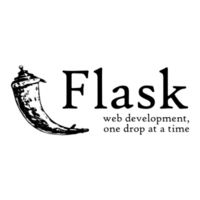Data science and engineering teams at Lyft maintain several big data pipelines that serve as the foundation for various types of analysis throughout the business.
Apache Airflow sits at the center of this big data infrastructure, allowing users to “programmatically author, schedule, and monitor data pipelines.” Airflow is an open source tool, and “Lyft is the very first Airflow adopter in production since the project was open sourced around three years ago.”
There are several key components of the architecture. A web UI allows users to view the status of their queries, along with an audit trail of any modifications the query. A metadata database stores things like job status and task instance status. A multi-process scheduler handles job requests, and triggers the executor to execute those tasks.
Airflow supports several executors, though Lyft uses CeleryExecutor to scale task execution in production. Airflow is deployed to three Amazon Auto Scaling Groups, with each associated with a celery queue.
Audit logs supplied to the web UI are powered by the existing Airflow audit logs as well as Flask signal.
Datadog, Statsd, Grafana, and PagerDuty are all used to monitor the Airflow system.































